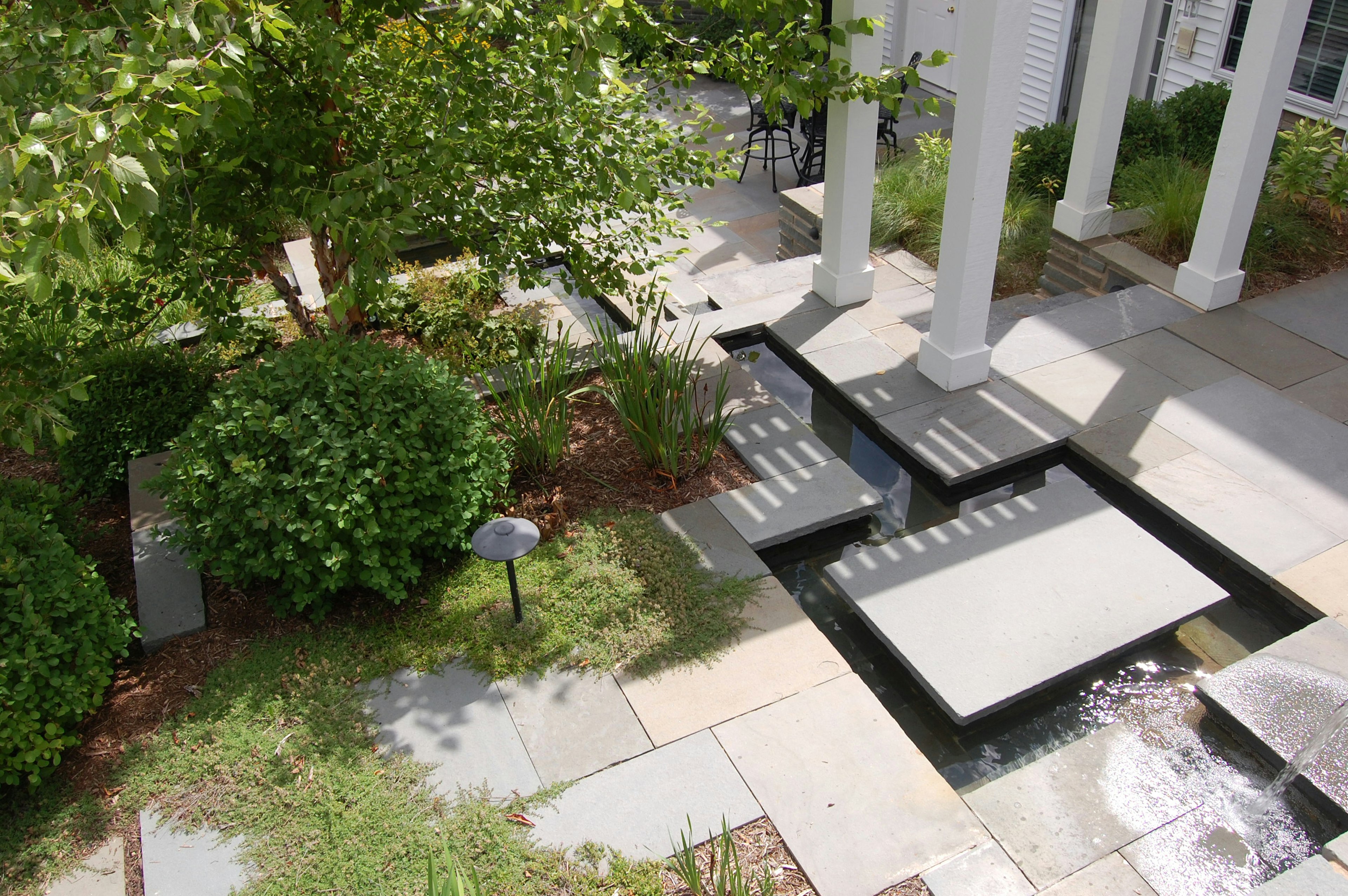

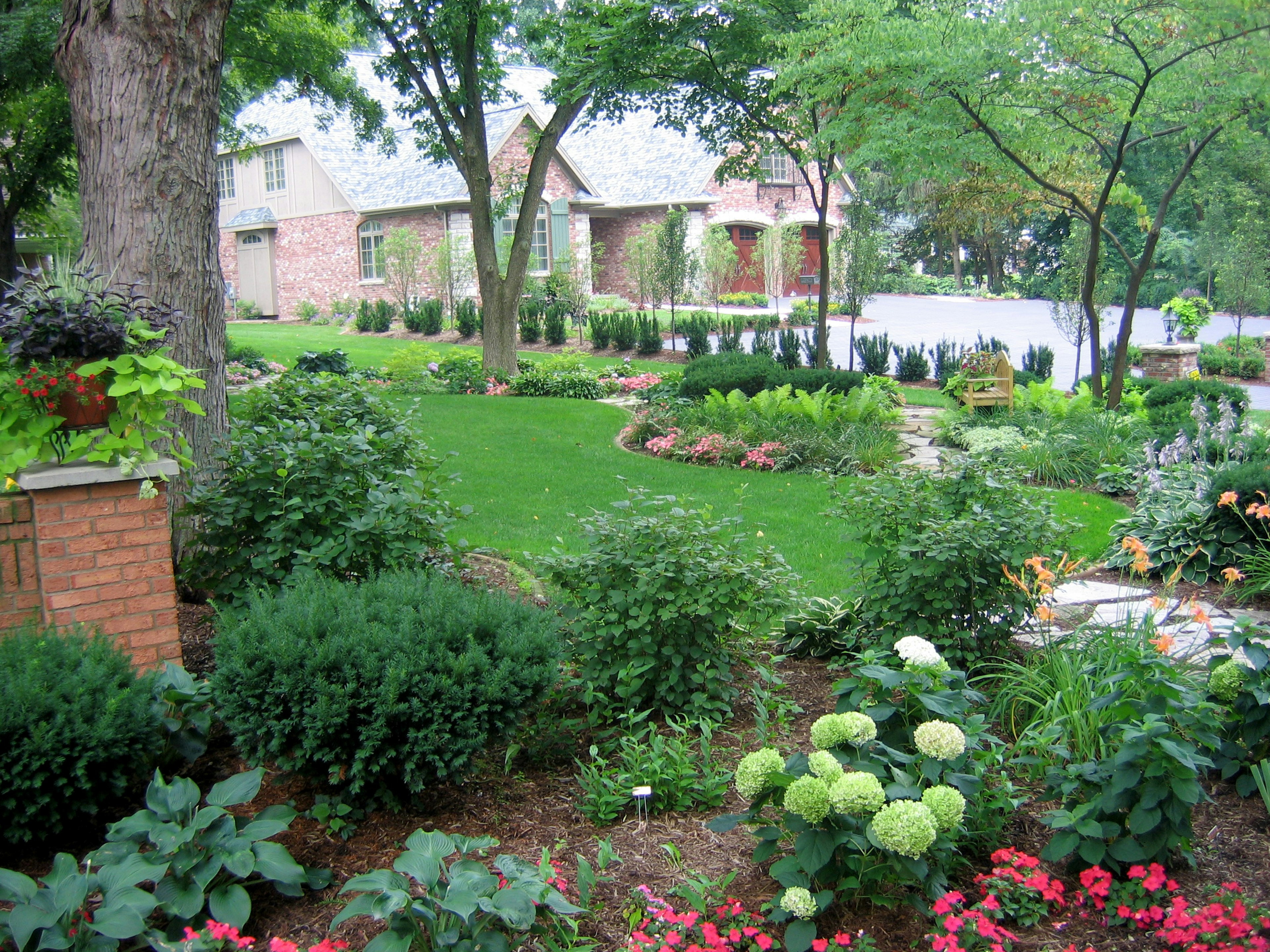
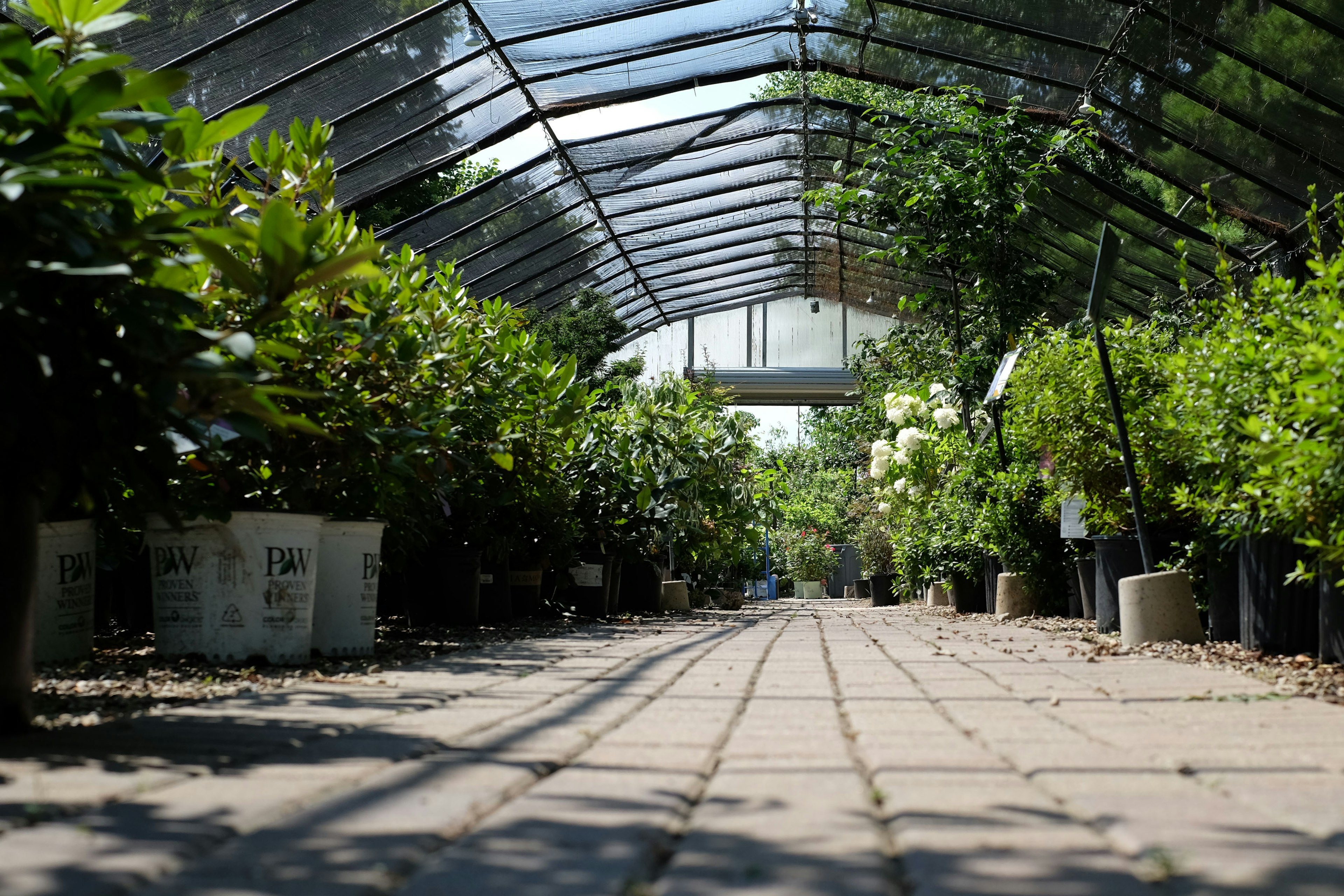
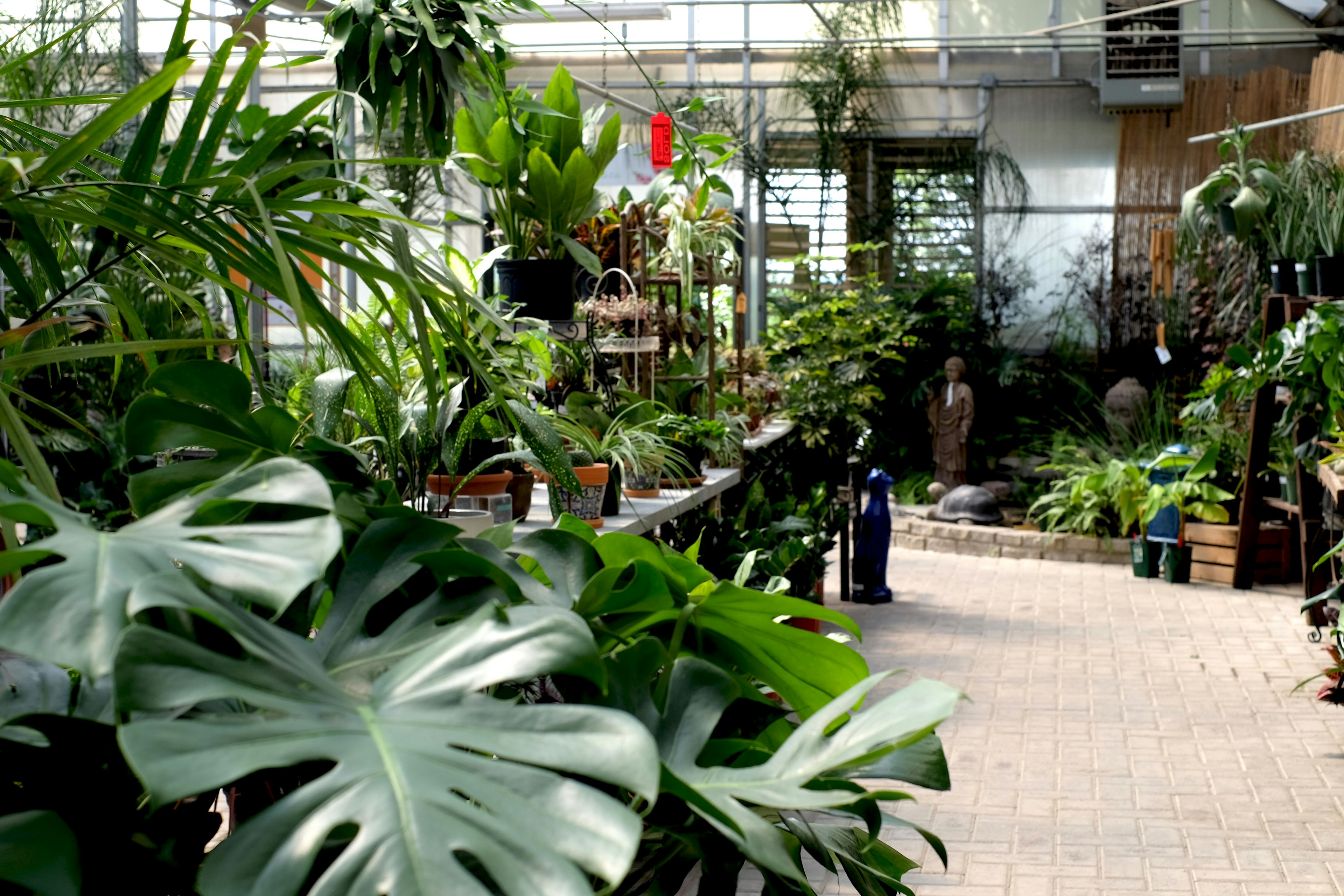
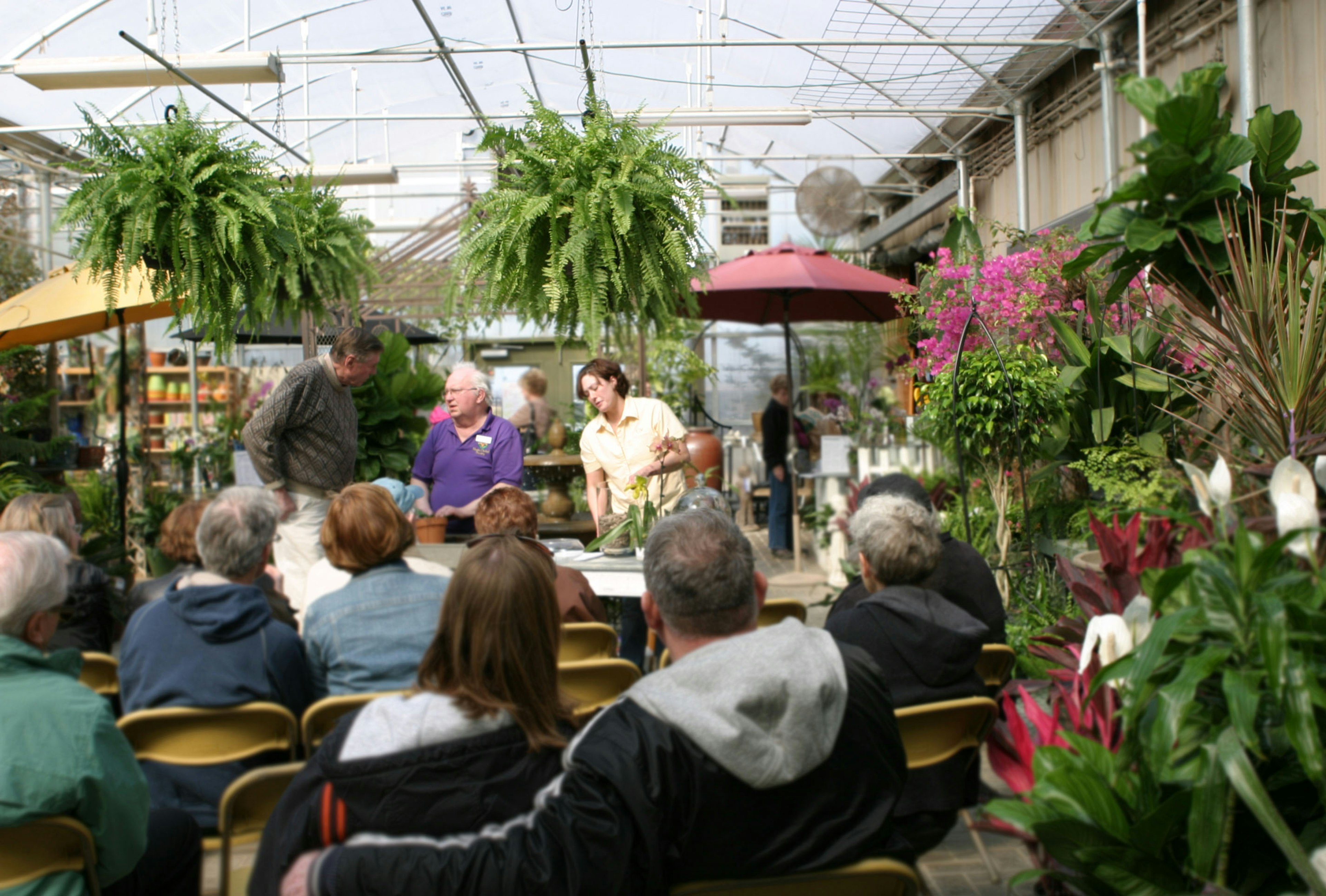
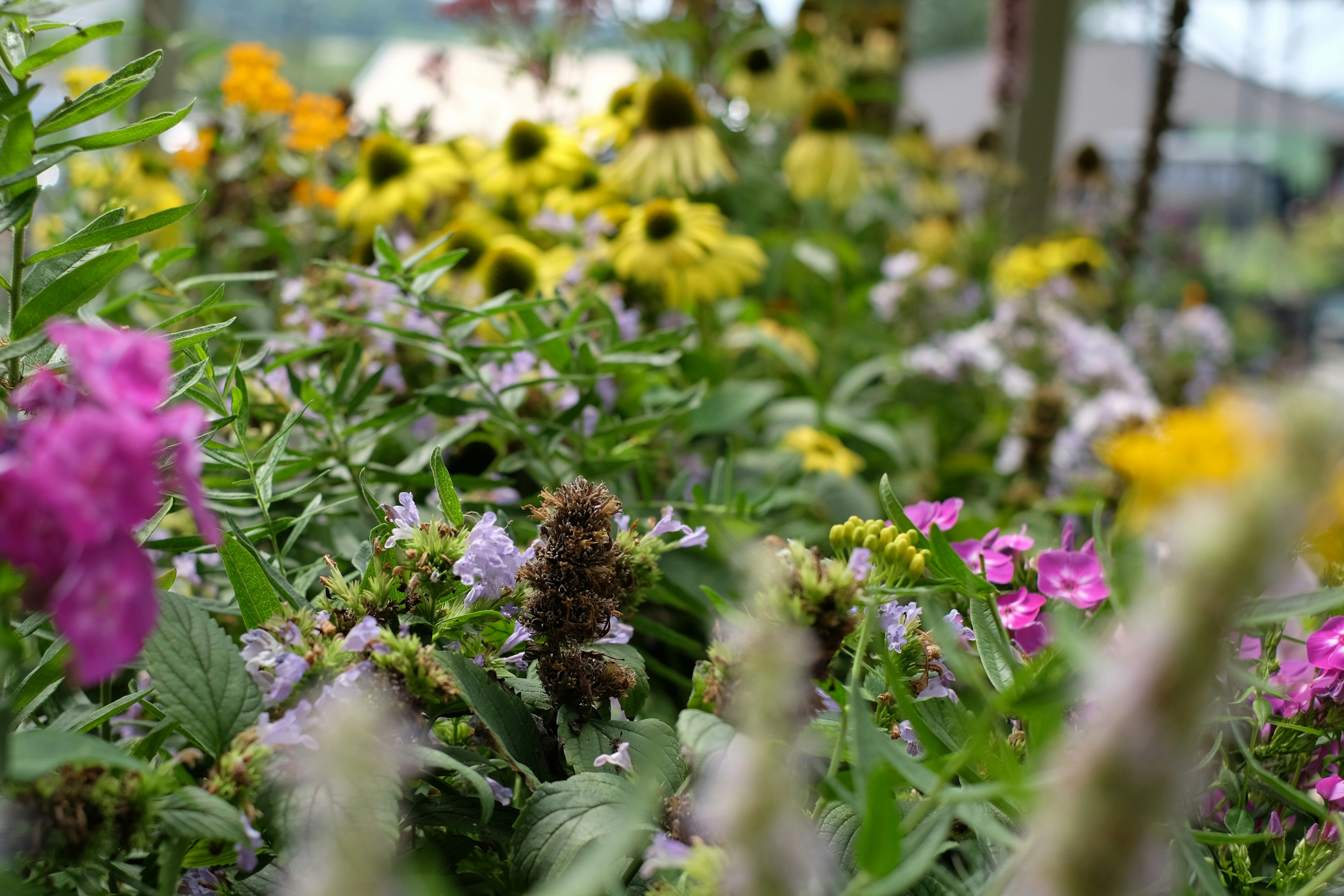

Garden Center
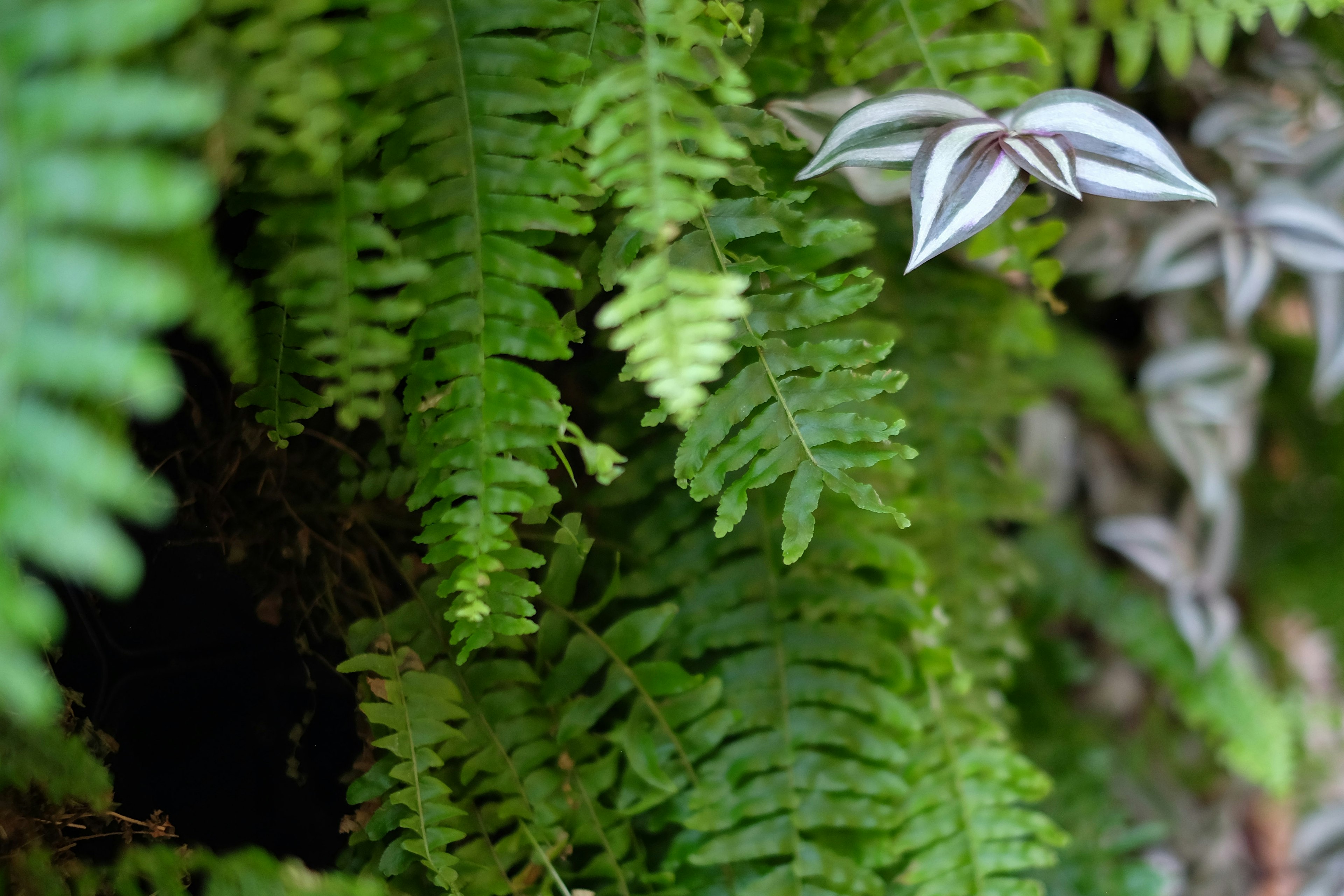
First Signs of Spring

Springtime staff are starting back at the Dunlap and Springfield garden centers, and we're all eager for the season to start! We're hoping spring rushes "in like a lion," with lots of sunny, warm days that dip into crisp, cool nights. It's still a bit early to begin raking away leaf litter and installing new shrubs and perennials, but there are lots of ways to get excited for the incoming season, especially if you know what to look for.
Hold tight for the next few weeks until the danger of deep frosts has passed, and you'll be rewarded by a healthy, abundant garden this season! In the mean time, here are some tell-tale signs of spring to keep an eye out for in your neighborhood!
Snowdrops
Seen in the image accompanying this article, snowdrops are bulbous perennial plants in the Amaryllis family. They're a famous sign that spring is on it's way, and can be seen as early as January, but typically erupt from the ground from mid-February thru mid-March. They may be small, growing to around 6 inches tall, but their white blooms make them easy to spot in thin woods, woodlands, and intentional plantings.
Flowering Trees
There are many trees that flower in the late winter and early spring, and many of these do so before their foliage has even begun to emerge! The result is a gorgeous spray of color adorning otherwise dormant landscapes and lawns. If you live in the Dunlap or Springfield area, there is a good chance that the flowering tree around the corner in your neighbor's landscape was Green View grown!
Redbuds, and especially Cercis Canadensis, the Eastern Redbud, is a native tree that's known for the pinkish-mauve blossoms that coat the branches in early spring. A relative of the pea family, these flowers are actually edible! Pluck a few and adorn a lovely spring salad to impress your friends and family.

One of the most sought-after species of tree at our garden centers is the beautiful magnolia. Whether you prefer the star-shaped blooms of Magnolia Stellata or the round, thick-petaled pink sepals of the saucer magnolia, Magnolia Soulangeana, it's hard not to stop and stare when you encounter one of these flowering trees out in the world!

Another tree that brings a flourish of spring to any landscape is the crababble. These show-offs of the Malus species have characteristics as varied as those of fruiting apples. There are white, pink, and magenta-flowering varieties, some with green leaves while others have bronze foliage, cultivars that feature large ornamental fruits and others that have little or no fruit at all, and some that stay below 8 feet while others can climb to more than 20. You'll know spring is on the way when the first honeybees and nectar-loving insects and birds begin to buzz around your nearest crabapple tree!
Modern cultivars of crabapple boast impressive resistance to pests and diseases, as well as improved flowering. Some customer favorites grown and sold at Green View include:
- 'Royal Raindrops' - a magenta-flowered variety with dark, reddish bark and tiny pendant fruits
- 'Red Jewel' - a smaller white-flowered tree, usually chosen for its large, cherry-red ornamental fruits that persist through the winter and attract birds and other wildlife.
- 'Tina' - a stout tree with strictly horizontal branching, 'Tina' is a white-flowering crabapple that stays within the 6-8' range.

Birds are Singing
Many species of migratory songbirds and waterfowl will begin their migration journey northwards as early as mid-February, bringing a chorus of springtime songs with them. Locally, keep an eye out for cardinals, robins, titmice, chickadees, and even the ever-rare bluebird. Once you know what to listen for, you'll notice more and more of these garden friends visiting your neighborhood.
Pollinators Return
Bees and butterflies are soon to return to the area, and the best thing you can do to encourage their frequenting your garden is to plant food sources for them and their young. Native perennials are reliable, recognizable plants to many of our native pollinators and other beneficial insects, so be sure to look into installing some easy-care, low-maintenance, pollinator-friendly native plants this spring. They're trendy, adapted to thrive in our niche environment, and each has its own features that will complement your existing beds and planters!

As always, thank you for reading! We are so excited to help you make your garden beautiful in all seasons, starting with the incoming spring. Head to the garden center in the next few weeks of March for cold-loving pansies and violas, and as early as April, we'll have an even greater selection of annuals, perennials, and edibles in store.
Happy (almost) spring! See you soon!